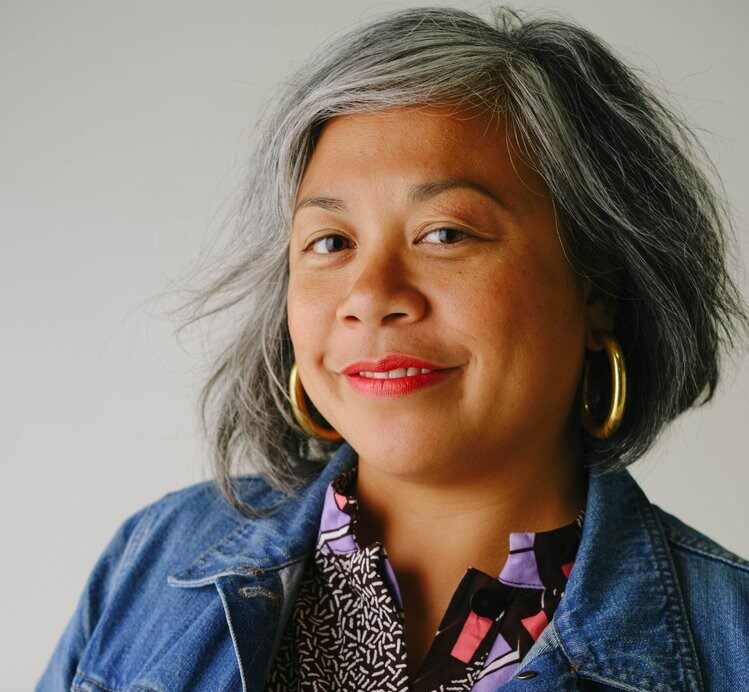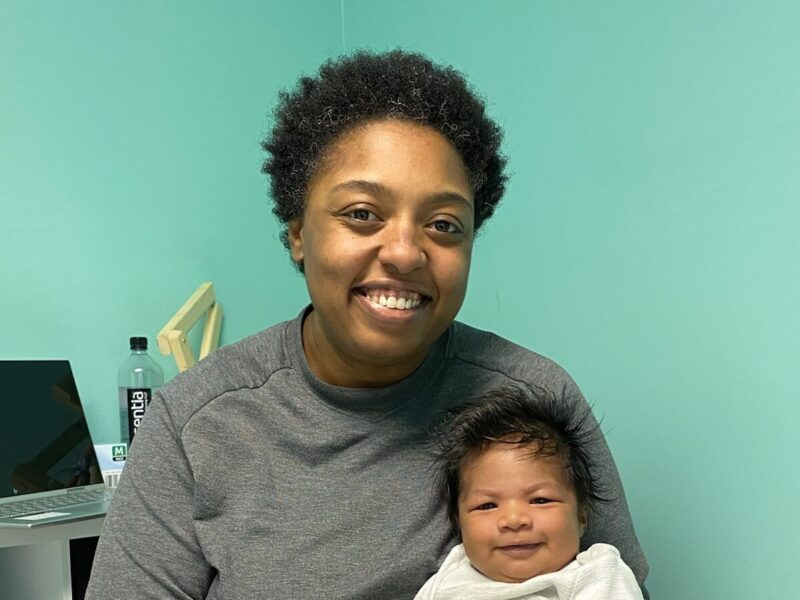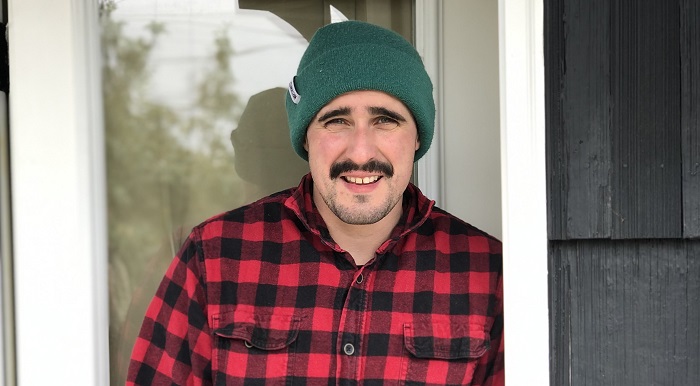When the Discovery Center staff reached out to national bestselling author Angela Garbes to serve as an advisor to the Designing Motherhood exhibition, she didn’t hesitate. She had already contributed to the exhibition’s companion book Designing Motherhood: Things that Make or Break Our Births. She wrote about Dr. Benjamin Spock’s “The Common Sense Book of Baby and Child Care” and she was a big fan of the Designing Motherhood Instagram account. So, serving on the community advisory board only made sense. “I was like, yes, absolutely,” Garbes said.
As the author of Like a Mother: A Feminist Journey Through the Science and Culture of Pregnancy and Essential Labor: Mothering as Social Change, Garbes has written with absolute clarity about the importance of parenting and care in society. In the following Q&A, she discusses how pregnancy changed the trajectory of her life and how seeing the exhibition can alter a visitor’s view of the world.
Discovery Center: What makes Designing Motherhood an important exhibition?
Angela Garbes: Designing Motherhood is really interesting to me because the way that we reproduce and create families and kin, and who is allowed to reproduce or not reproduce, those things don’t often get questioned. Looking at the design of human reproduction and the tools and the objects involved is a way for us to ask: Do these things serve us? Who made these things? Who benefits from things being this way? It’s an exhibit that will, I think, be eye-opening to a lot of people, who may never see the world quite the same way again.
DC: Advisors were asked to select one item from Designing Motherhood that spoke to them.
AG: I cheated, and I selected two: the menstrual cup and the self-care mirror, which is a mirror that fits in between your thighs, and you can lay down and a person can look at their genitalia, their vulva, their vagina. I picked those things because I think there’s tremendous silence around menstruation, and I think silence is really where shame can really grow. And I reject that.
The menstrual cup is something that I was really interested in because I think that it’s sustainable, more sustainable than tampons and pads, from an environmental perspective.
DC: You’ve written a book that blends your personal experience of motherhood with scientific research. What surprised you about your own personal experience?
AG: I was surprised at how naive and embarrassed I felt that I had never really thought much about the subject or the experience of motherhood and mothering until it was happening to me. Once I became pregnant, I felt like I was stepping into this world: It was like an introduction to humanity that felt sort of late. I was surprised by how fascinated I was by that, and how many questions I had, and the desire to question: Why do we accept these narratives around mothering and being pregnant?
I was surprised at how rich I felt the topic was and how it was such a view on so many things about our society. It really changed the course of my life and my career, in a very expansive way.
The other thing was, on a more deeply personal level, it really radicalized me physically. I felt so physically powerful, but also at times physically limited. And it made me really understand, at a more cellular level, the beauty of the human body, what it’s capable of, what we are meant to do and survive.
DC: What did you learn through your research that surprised you?
AG: There were so many things, but the one that really sticks with me the most is that it wasn’t until 1993 that Congress passed an act saying that if you received federal funding for your clinical research and clinical trials, you were required to include women and minorities. When I heard this, I was like, oh, this is what we’re up against the very idea of who a person is, of how we define health.
DC: Is there anything that you would like to say about this exhibition or the topic of motherhood/parenthood?
AG: The only thing I would add is this exhibition, it’s called Designing Motherhood. It’s relevant to everyone. We’ve all experienced pregnancy and birth, whether we were the pilot or the passenger, right? [Laugh]. These are not niche issues. These are not women’s issues. These are really issues of human rights and human health. So, I would encourage people to approach that exhibition thinking that way, that this exhibit is for everyone.
(This interview has been condensed and edited for clarity.)





